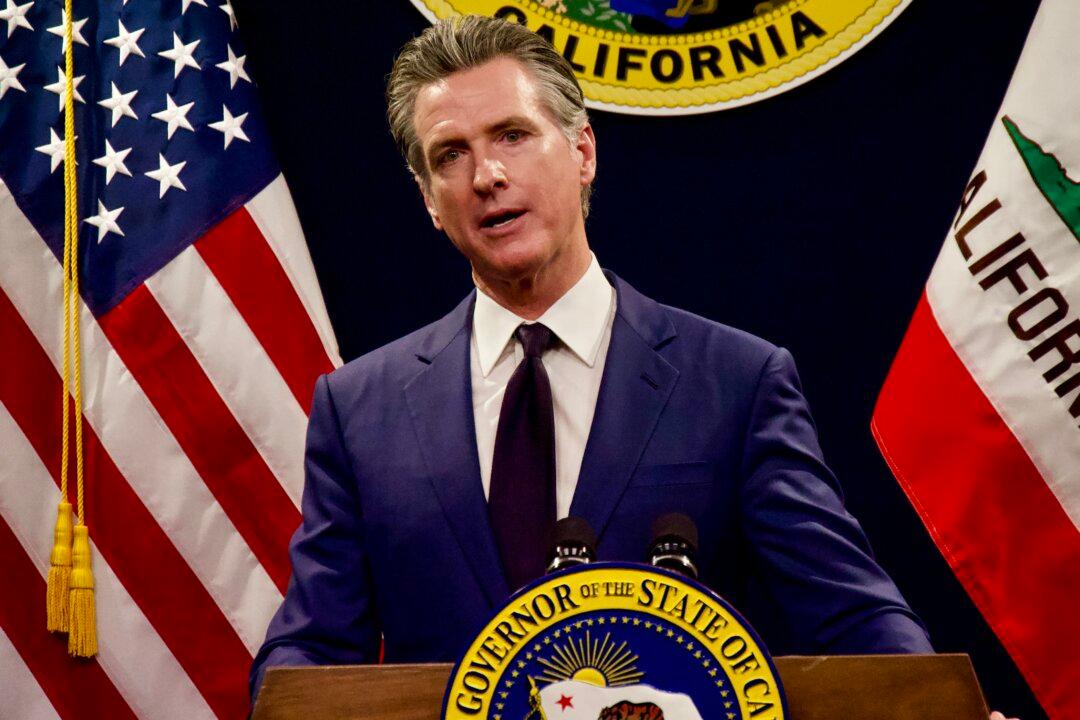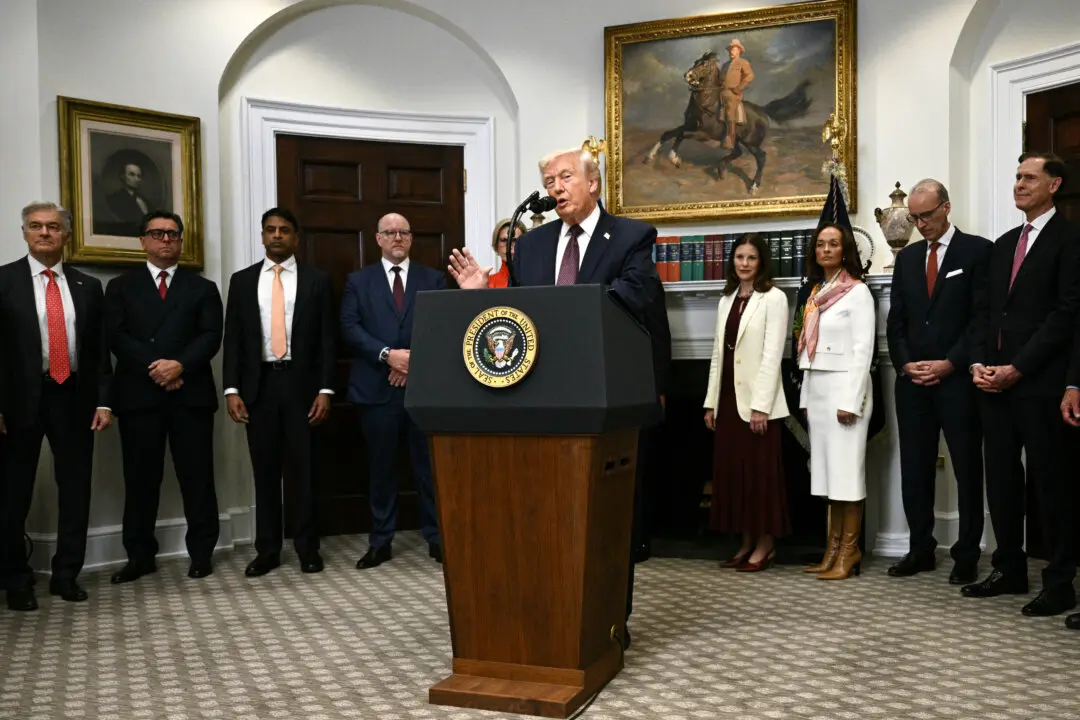California Gov. Gavin Newsom presented a revised budget for the upcoming 2024-25 fiscal year May 10 including about $32.8 billion in spending cuts spread across the next two years after state revenues failed to meet expectations.
The governor suggested the deficit is $27.6 billion, though that figure was calculated by subtracting $17.3 billion in solutions included in a “budget bill junior” signed into law in April.





